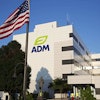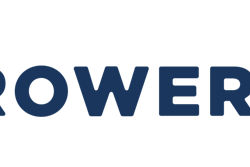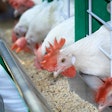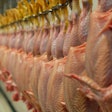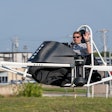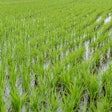
At issue in the rural broadband debate is the way in which internet service providers are asked if they provide internet services to customers. The survey question posed to services providers is if they “could” or “do” provide services to at least one location in the census block being surveyed.
The ambiguous nature of this question results in a significant disconnect when measuring the availability of broadband access across rural America – as the ability to provide services is comingled with service that is actually provided. Today’s Market Intel reviews two measures of broadband connectivity and shows that the digital divide in rural America may be a lot larger than estimated by the Federal Communications Commission.
One of the largest hurdles to full deployment and adoption of highspeed broadband services is the ability to accurately determine where broadband services currently are, and where they are not. According to the FCC’S2018 Broadband Deployment Report, by December 2016, approximately 92% of Americans had access to high-speed broadband, representing a 2 percentage point increase over 2014 levels and an 11 percentage point increase from 2012.
The report also includes theupdated broadband deployment maps, which use information gathered from the FCC’sForm 477, a mandatory document filed semiannually by broadband providers.Figure 1illustrates the most up-to-date fixed broadband deployment data from the FCC.

However, as many farmers and ranchers can attest, the accuracy of the Commission’s map is up for debate. One of the primary issues with the data provided to the FCC is a result of the way in which the survey question is presented.
The question posed to service providers asks if they can or if they do provide services to at least one location in the census block being surveyed. The terms mean substantially different things, particularly when it comes to assessing where policy initiatives are needed to provide broadband. As a result, survey responses likely inflate the percentage of Americans with access to broadband as service providers may consider many customers as those they “can” provide services to without actually providing any services.
When looking at broadband usage data, however, the story looks much different. Data analysis from bothPew Research CenterandMicrosoft’s broadband usage dataindicate that the true rate of fixed broadband deployment is closer to 50% to 65% of the U.S. population, as opposed to the 92% estimated by the FCC,Figure 2.


According to the FCC’s data, Mississippi has the lowest percentage of fixed broadband availability in the U.S., with 2.2 million citizens, or 72% of the Mississippi population, with access to the internet at broadband speeds (25 mbps/3 mbps). However, when looking at Microsoft’s usage data, only 487,000 citizens, or 16% of the Mississippi population, use the internet at broadband speeds. This 56-percentage point decrease in broadband availability marks a substantial difference in the perceived number of citizens able to participate in a growing digital economy. Figure 3 shows Microsoft’s county-level snapshot of FCC broadband availability versus Microsoft’s usage data for the state of Mississippi.

The FCC’s broadband availability map also relies on census block data to determine which areas are served, underserved and unserved across the country. However, when it comes to rural areas, census blocks prove to be too large to target broadband investments. To put this into perspective, there are five census blocks larger than the state of Connecticut and 3,200 larger than the District of Columbia.
While census block data remains the most granular level at which data is collected, if even one household in a given census block is reported by a provider as being served, then the entire block is considered served and therefore ineligible to receive federal funds for broadband buildout initiatives.
努力改善农村地区宽带areas continue, the ability of the FCC and all other relevant agencies to utilize accurate availability maps is the highest priority. Enhanced mapping will assist in identifying areas in rural America where the digital divide is the widest. Making additional resources in these underserved and unserved areas will help to ensure that Americans living in rural or remote areas will be able to participate in the digital economy and provide a quality of life standard most Americans have much better access to.
Contact: Megan Nelson, economic analyst,American Farm Bureau Federation
Phone: (202) 406-3629
Email:[email protected]

